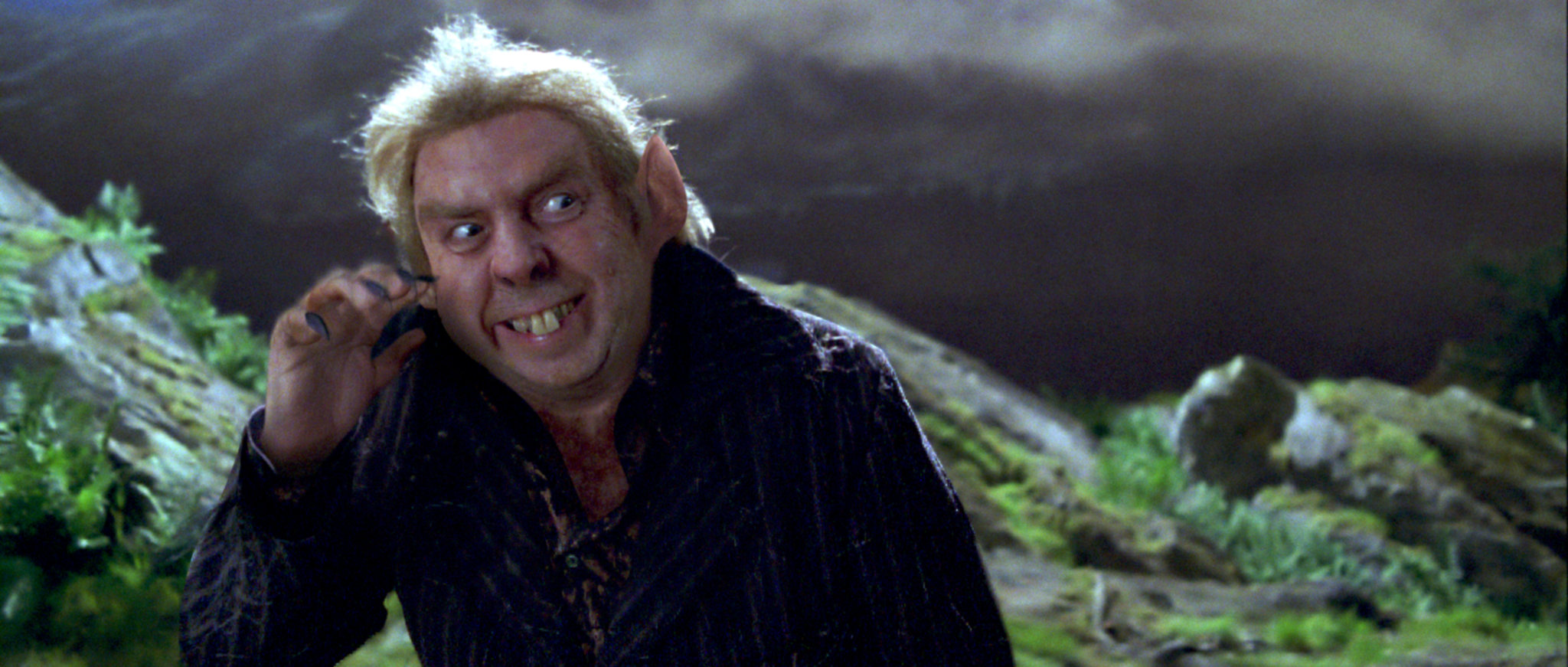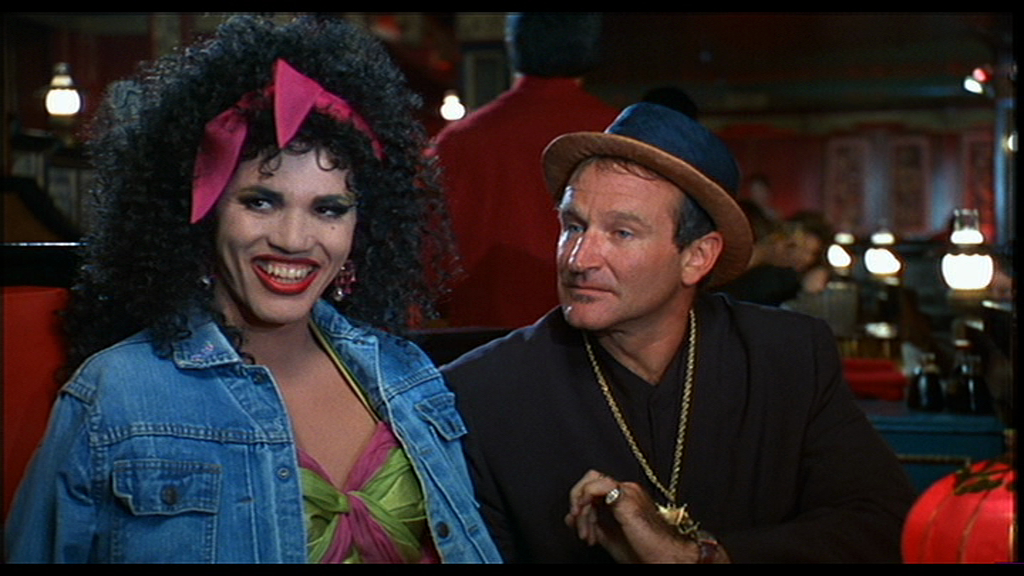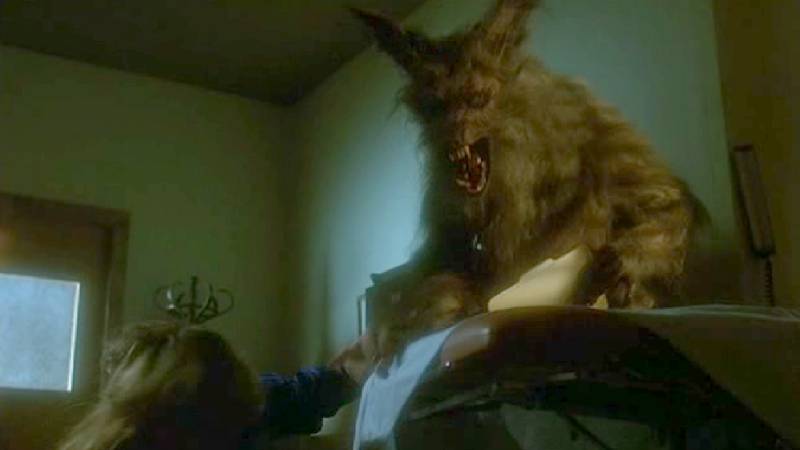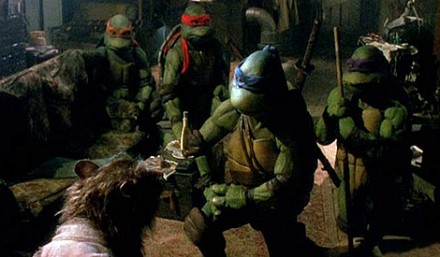(SPOILER WARNING: Obviously, this post contains spoilers for Harry Potter and the Prisoner of Azkaban, and basically all other books/films in the Harry Potter franchise.)
Okay wizards and witches, it's fan-theory time. Today we're addressing that age-old continuity conundrum, "Why didn't Fred and George Weasley notice in their Marauder's Map that there was a little dot labelled 'Peter Pettigrew' following their little brother around and sleeping in his bed?" Fear not, Gentle Readers: I propose a solution which may explain not only this, but other apparent continuity errors as well.
The reason Fred and George never noticed that the little dot labelled "Peter Pettigrew" in Ron's bed is because Peter Pettigrew was not his name at that time.
 |
| How did that sleazy little creep get Sorted into Gryffindor, though? |
According to the Marauder's Map Fact File on Pottermore, the Marauder's Map "[s]hows the location of any person or ghost on Hogwarts' grounds, [and] isn’t fooled by an Animagus or an Invisibility Cloak." It says nothing about animals or non-sentient beings, and given that Harry never specifically mentions seeing anything other then humans and ghosts in the map, it's reasonable to assume that the map only shows sentient beings. This makes sense from a user experience standpoint. Think about it: if the map showed every organism in Hogwarts, the interface would be overloaded with useless information about the position of every mouse, spider, and fruit-fly in the castle, making it much more difficult for the user to filter out the important information.
If the above is true (and I'll admit, that's a big "if"), then that also explains why Fred and George never noticed a long thin shape labelled "Slytherin's Monster" slithering through the walls during Chamber of Secrets. Being a non-sentient creature without a unique name that it was aware of, the basilisk thus did not show up on the Marauder's Map.

This theory also supported by the movie-only scene in Alfonso Cuaron's Harry Potter and the Prisoner of Azkaban, in which Harry sees a dot labelled "Peter Pettigrew" in the Marauder's Map which is moving towards him down a dark and (apparently empty) hallway. Harry never actually sees Pettigrew on the map in the book, but if we take this scene as canon, it suggests that by this point Pettigrew had started to remember who he was, and the map re-labelled him accordingly.
Now don't worry, I can hear your objections already. "But why didn't the map say 'Helena Ravenclaw' instead of 'The Grey Lady'? Why didn't it show Voldemort standing next to Quirrel?" Both excellent questions, Astute Reader. I shall endeavor to answer them as best I can. First, Helena Ravenclaw did not show up on the map for precisely the reasons mentioned in my theory: she had been known as the "Grey Lady" for so long (nearly a thousand years) that she had internalized the name and considered it her own.
As for Voldemort, I can't say for sure. If the map shows ghosts, then one could reasonably assume that the Dark Lord would show up as well, right? Not necessarily. When Voldemort returns to life near the end of Goblet of Fire, he says to his Death Eaters that when the spell he intended to kill Harry with rebounded, "I was ripped from my body, less than spirit, less than the meanest ghost … but still, I was alive. What I was, even I do not know … "
Whatever was left of Voldemort may have been too little for the map to recognize as sentient, or it may have been masked by Quirrel's life-force. Finally, (and this may be a bit of a stretch), Voldemort is often known as "He-Who-Must-Not-Be-Named", so maybe his name itself was under some sort of concealing enchantment which makes it not show up on all but the most powerful detection systems, sort of like the nominal equivalent of being Unplottable? We know that he has the power to make his name Taboo, so making it Unplottable as well doesn't seem like too much of a stretch.
Though the above theory is obviously not canon, I hope that it can help to clear up any issues you may have had with the illustrious Ms. Rowling's storytelling.
Until next time... mischief managed.


















-large-picture.jpg)












